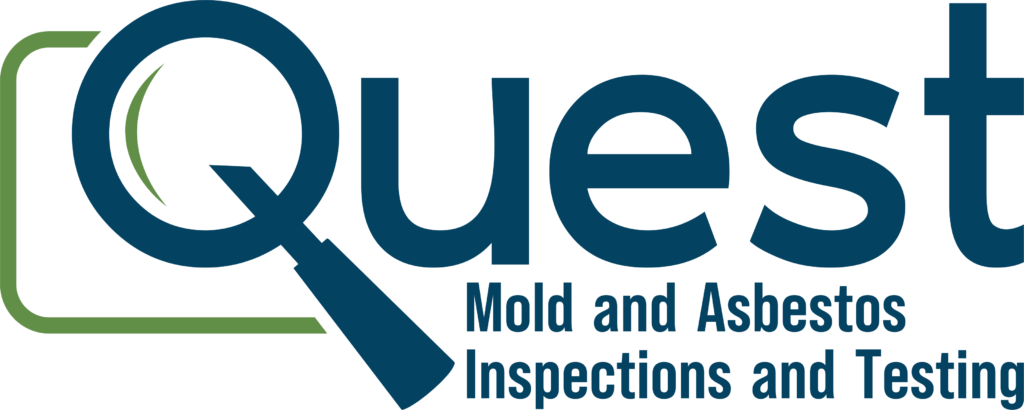Your #1 Trusted Quest
Quest Mold and Asbestos Inspections and Testing
ABOUT QUEST INSPECTION AND TESTING
Quest Mold and Asbestos is a family-owned and operated inspection company. We safely and efficiently inspect and test for asbestos and mold in many property types including residential homes, commercial buildings, schools and places of worship within all 5 boroughs and Long Island.
With a quick response team and competent personnel, Quest Mold and Asbestos has quickly built a strong reputation throughout New York as a reliable, professional and friendly company. Quest Mold and Asbestos specializes in a variety of services in Asbestos and Molds inspections, testing, air monitoring, environmental monitoring, consulting and risk assessments.
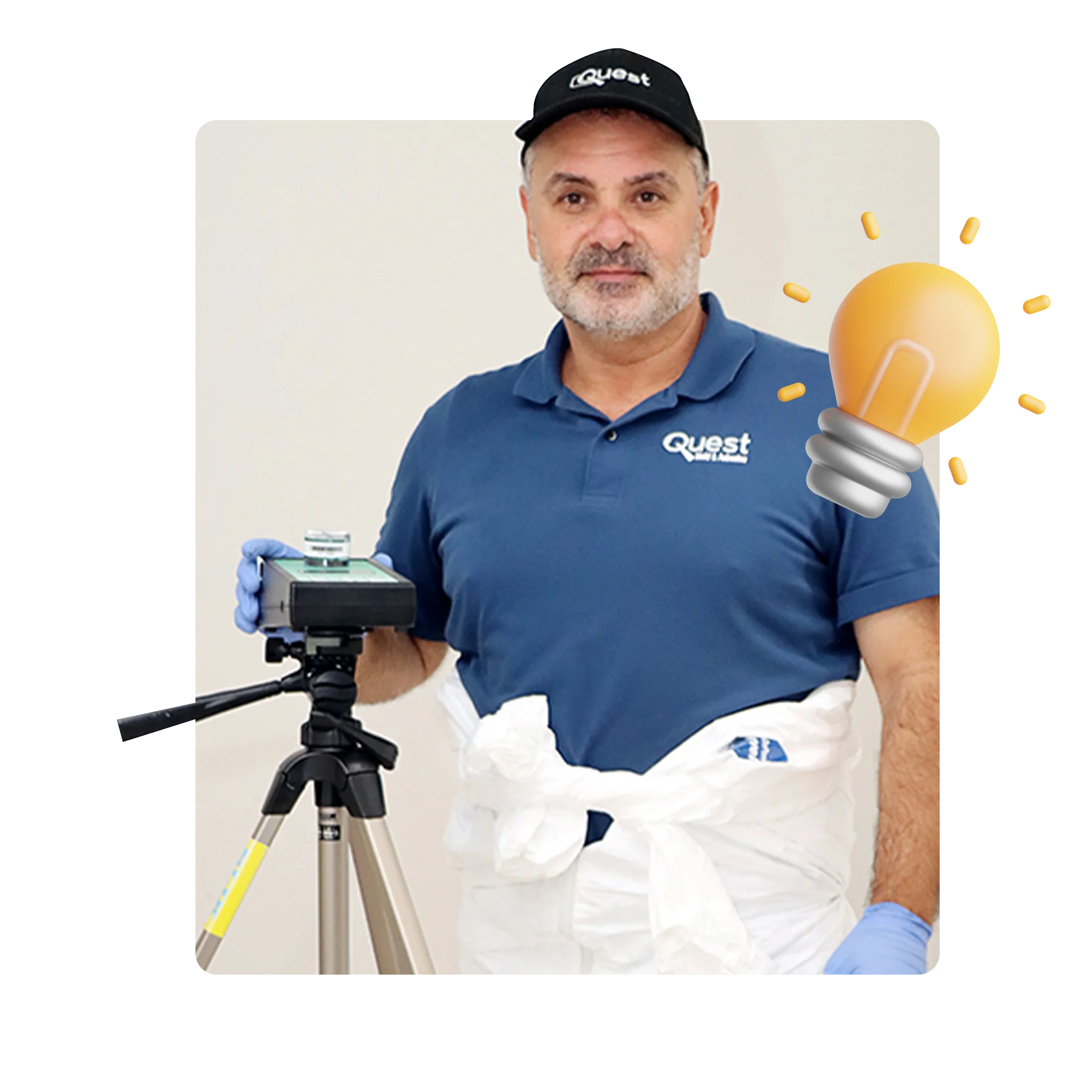
We know Mold and Asbestos!
Our highly trained experts will make sure to give you the best experience while giving you the highest quality of work.
Worried About Mold Or Asbestos?
Call Us – We Are Here To Help.
OUR SERVICES

MOLD INSPECTION
Mold testing is an essential part of understanding the health of your home. The presence of mold in your home can be a health risk, especially for people with allergies....

ASBESTOS TESTING SERVICES
Mold testing is an essential part of understanding the health of your home. The presence of mold in your home can be a health risk, especially for people with allergies learn more...

Volatile Organic Compounds
VOC testing is a process used to measure the concentration of volatile organic compounds in the air or in materials within a given environment. VOCs are organic chemicals that can easily evaporate into the air.
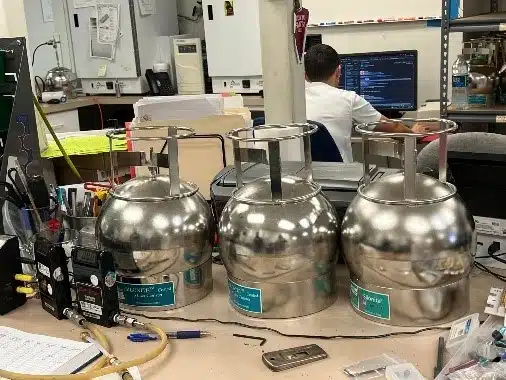
Fixed Gases
Fixed gases such as carbon dioxide (CO₂), nitrogen dioxide (NO₂), and sulfur dioxide (SO₂) have a great impact on the health, safety, and efficiency of any operation.
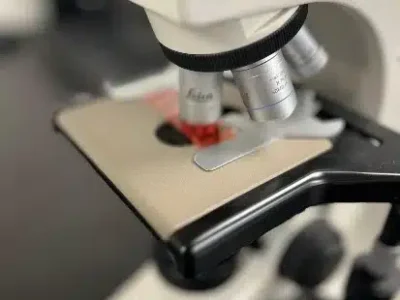
Silica Testing
Silica testing is designed to prevent health problems and ensure safety through the identification of silica in the dust.
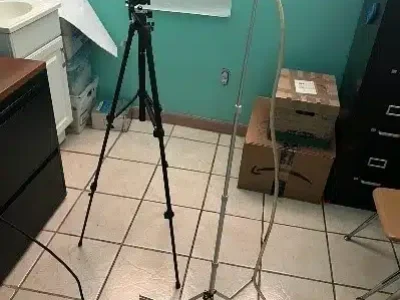
Certified Environmental Testing
Asbestos air monitoring is the process of measuring and assessing the asbestos fibers in the air to ensure that they remain at safe levels.
What Make Us the Best Among Others?
We specialize in advanced mold testing, asbestos testing, and VOC (volatile organic compounds) testing using state-of-the-art equipment. Our commitment to precision and efficiency ensures quick turnaround times for your testing needs. Please note that while we focus exclusively on providing thorough and accurate testing services, we do not offer mold remediation or asbestos abatement. Our role is to deliver clear and reliable results to assist you in making informed decisions about the safety and health of your environment.
WHY CHOOSE US
- We Know Mold: We understand where mold hides, how it grows, and the methods to detect even the hidden mold that you can’t see.
- Fast Response Time: Get your mold and asbestos testing results within 5 business days. Need them sooner? Choose our expedite service for results in 24-48 hours.
- You Can Trust Us: We utilize a certified independent laboratory for testing, ensuring unbiased and accurate results with no vested interests.
- Professional Care: Our top priority is providing exceptional service. We approach every job with professionalism, helpfulness, and commitment to getting the job done right.
- Reliability: Tape lift sampling and bulk sampling for asbestos.
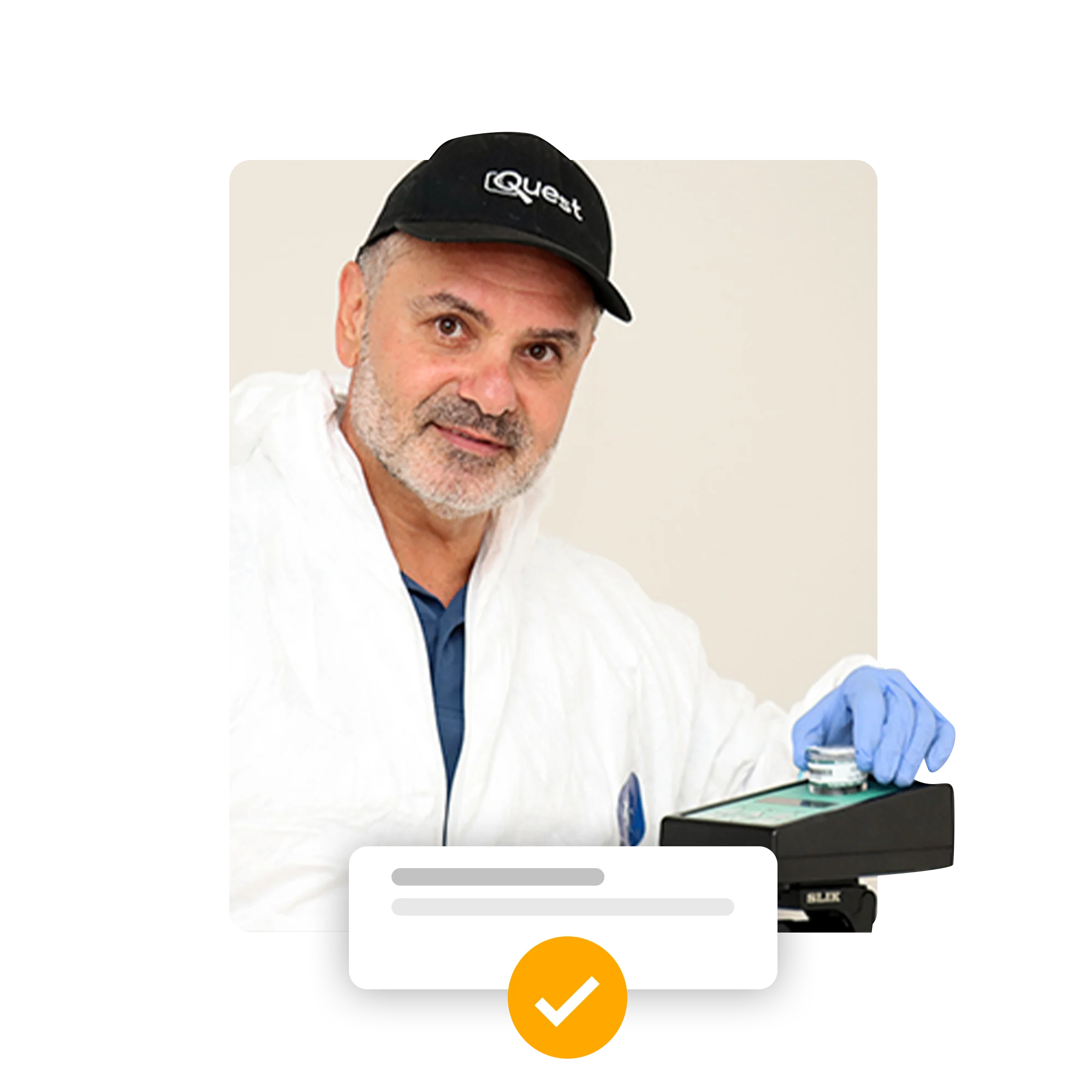
We know Mold and Asbestos!
Our highly trained experts will make sure to give you the best experience while giving you the highest quality of work.
Best Service
At Quest Mold and Asbestos we make sure that you are getting the best service possible!
Easy to Schedule Appointment
Call us or fill out the contact form and we will schedule your service right away
Great Pricing
We offer cost-effective pricing along with our elite experts in the Mold and Asbestos industry.
WHAT OUR CLIENTS SAY ABOUT US
EXCELLENT


Kari Norlander
SoTellUs is a great value for the price! My business gets so many more reviews than we used to and with less effort on our part.


Brian Perskin
I am very happy with this service. It gives my clients an opportunity to expressive their own opinions about our services at Brian D Perskin & Associates PC


Jackson Child Care
I am a new family member of SoTellUs. It is with pleasure I highly recommend SoTellUs’ services. For me, they obtained and shared on social media parent 5-star reviews.
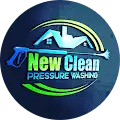

Rachel Feltenberger
So happy our company was introduced to SoTellUs. It has been a total game changer for our companies. We really struggled to get reviews with the company.


Richard P
Great company! Always innovating and adding features. Easy to use for you and customers. Worth the investment.


Donald Pirlot
They helped bring our business rating on Google up from 3.2 to 4.3 by sending out review requests to all of our recent customers and we quadrupled the number of reviews we had.


Cheryl Fowlkes
I love how seamless and quick it is for my clients to submit reviews on multiple platforms thanks to this app


Gavin H
Sotellus has been great for our business. It makes it easy to collect reviews and allows our client to select which review provider to leave their review with.


Lisa Stroud
So Tell Us has made our referral business simple. Our reviews have led to many more referral jobs for us. I would highly recommend So tell us to any business that is try to generate more reviews and leads


Eddie S
Simply the best! Their customer service is phenomenal. Even with a high client base, I feel like I am the only customer. They have taken my business to another level.
WE ARE CERTIFIED FIRM
Our team is fully certified, ensuring that all mold and asbestos testing is conducted to the highest industry standards. You can trust our expertise and commitment to delivering accurate, reliable results every time.





IN ACTION

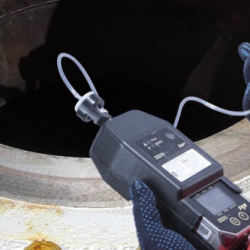
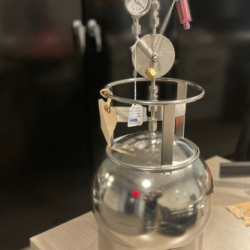
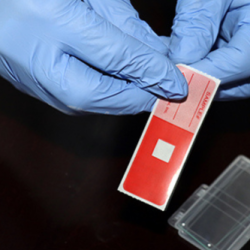
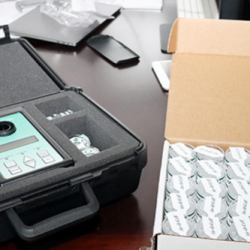
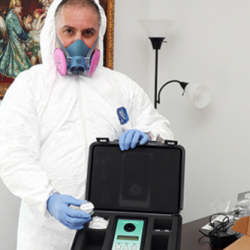
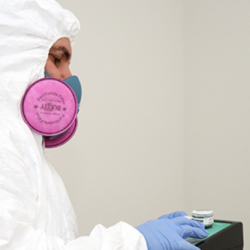
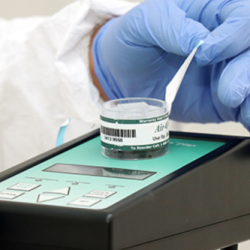
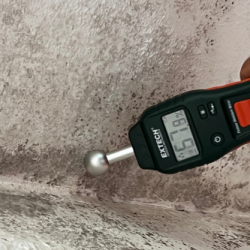
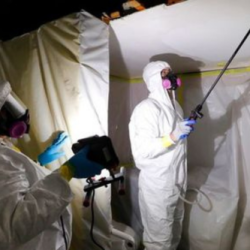
ASBESTOS & MOLD INSPECTION SERVICE
Mold inspections involves a trained and Certified Professional inspecting for water or moisture intrusion and mold growth.
Asbestos inspections will be conducted by a certified trained professional to find Asbestos Containing Material (ACM).

QUEST MOLD AND ASBESTOS INSPECTION AND TESTING SERVICES
Are you looking for credible mold and asbestos inspection and testing services from certified professionals? Quest Mold and Asbestos, a family-owned business, offers reliable and affordable services within all five boroughs and Long Island.
AVOID HEALTH RISKS
SKIN IRRITATION, BURNING IN THE EYES, THROAT, NOSE, AND LUNGS, HYPERSENSITIVITY PNEUMONITIS


